There are many amazing places in our region that are like paradise for the tourists. The Jizzakh region can be also referred to them. The Jizzakh oasis has a long history, and the nature of the region fascinates at first sight.
Stunning landscapes and unique climate conditions, a variety of fauna and flora, give us the right to call the Jizzakh region one of the most beautiful corners of central Uzbekistan. The Nurata ridges surrounding its southern and partly western part of the oasis provide a temperate climate, as well as give the peculiarity to the relief and natural beauty of the Aydar-Arnasay lakes system in the north of the region.
We draw your attention to 10 reasons why you should visit this unique region of Uzbekistan.
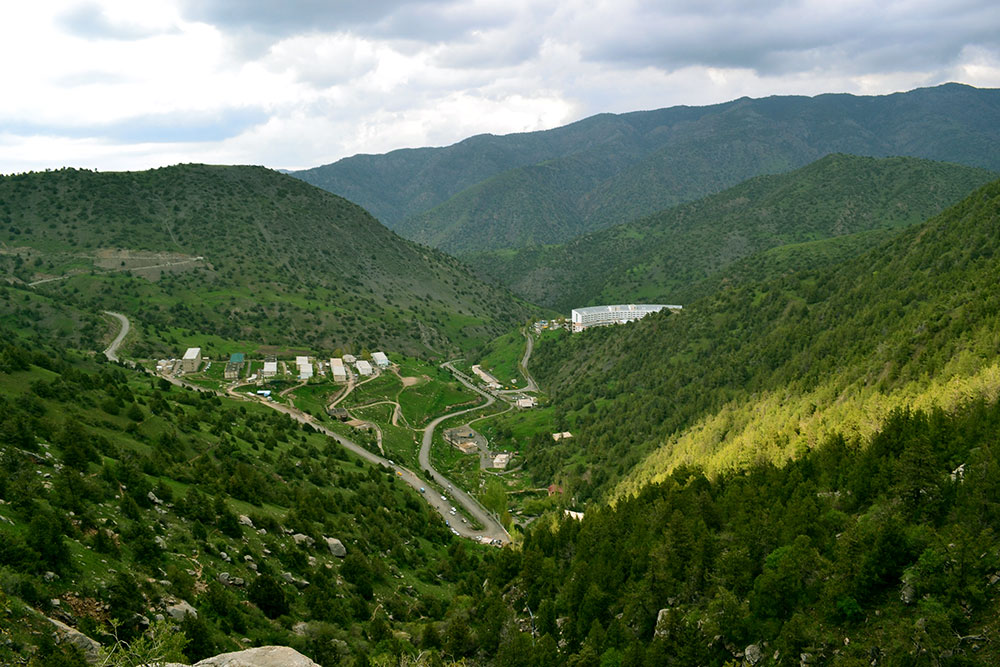
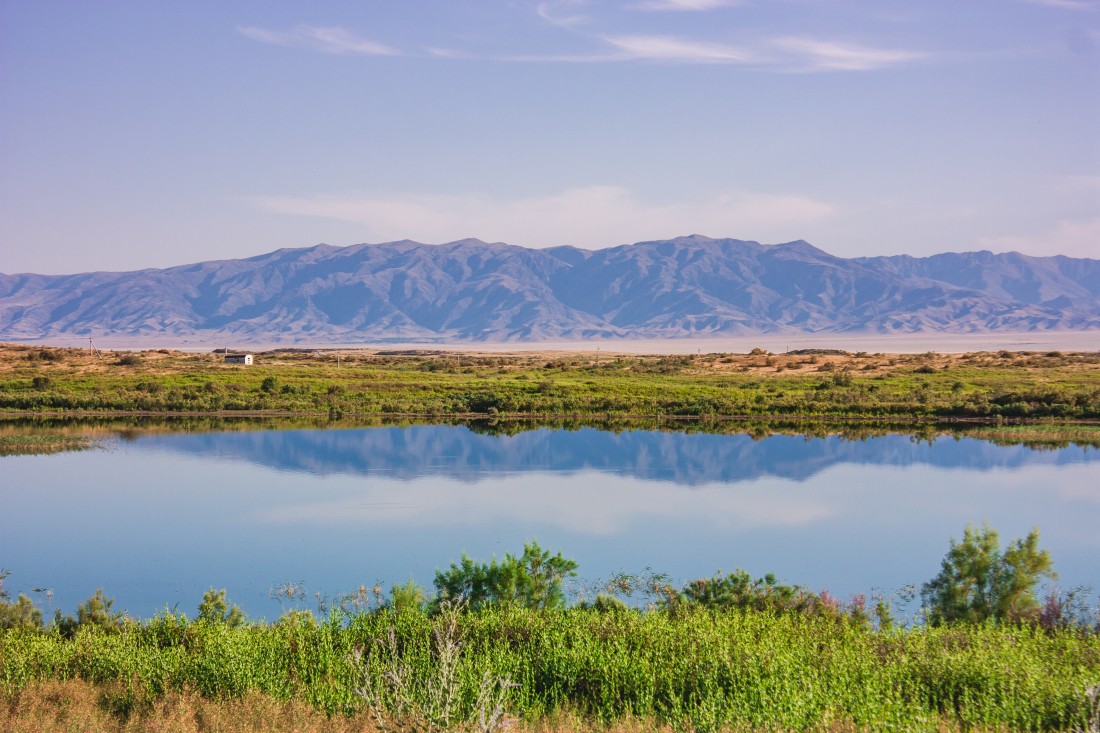
Zaamin State Reserve
Zaamin State Reserve is located on a vast territory, which includes Bakhmal forestry, Zaamin forestry, Zaamin National Natural Park with a total area of 26840 hectares. The reserve itself covers the area of 8,770 hectares.
It should be noted that Zaamin State Reserve was created in 1928 on the mountain range of Turkestan in order to ensure the preservation of the unique juniper forests in this region and the fauna in their natural state. The protected areas mainly include mountain ranges. This reserve, located in Zaamin and Bakhmal districts, has an altitude from 1670 to 4200 meters above sea level, the climate is sharply continental, and the maximum temperature is 30 degrees. About 700 species of higher plants grow on the territory of the reserve. 13 species of them are listed in the Red Book of the Republic of Uzbekistan, 48 are endemic species.
The fauna of the reserve is diverse: 286 species of invertebrates, 29 species of mammals, 101 species of birds, 14 species of reptiles, 2 species of amphibians, 1 species of fish have made this area their own. 13 species of fauna are included in the Red Book of the Republic of Uzbekistan.
At present, the staff of the reserve is carrying out scientific work to study and preserve the flora and fauna of this territory. Also, together with professors, researchers and graduate students of the Faculty of Natural Sciences of the Jizzakh State Pedagogical Institute, many events, and round tables on nature protection, ecology and environmental education in the scientific and spiritual-educational direction are jointly organized. We can also see this from their published scientific articles, brochures and media publications on the nature of the reserve and its conservation.

Nurata Nature Reserve
There are so few places in the world, where you can find all the wonders and beauties of nature and antiquity in one place. Among these is Nurata Nature Reserve. It is located in the central part of the Nurata ridge in the Jizzakh region. The total area of the reserve is 17800 hectares. Nurata Nature Reserve was created in the 70s of the last century to preserve the population of a special subspecies of argali – Severtsev’s ram, listed in the (IUCN) and the Red Book of Uzbekistan. It also protects the genetic variety of mountain walnut and the special fruit varieties grown here.
The reserve has a dry and warm continental climate with 300-400 millimeters of rainfall per year. The average annual temperature is 14 degrees, in January the average temperature is 19 degrees below zero, and in July -30 degrees. It is worth noting that the highest temperature recorded in the territory is 47 degrees Celsius, and the lowest - 32 degrees below zero.
In addition to the unique nature and diversity of fauna, the Nurata ridge itself is of great interest among tourists. The most popular sites are the ancient rock carvings, a thousand-year-old tree - oriental biota (Majrum), allegedly planted by Alexander the Great, Fazilman Lake, exotic mountain villages, the Khonbandi dam, Severtsev’s Argali nursery.
The rich and diverse fauna of Nurata Reserve is represented by more than 30 species of mammals. The Turkestan rat, stone marten and Severtsev’s ram live in the mountains. There is also a long-eared hedgehog and a long-spined hedgehog. Among the predators, the karaganka fox and the marten live here; the wolf and the steppe cat, the badger and the steppe ferret live in the mountain gorges. From the foothills to the high mountains, you can find wild boar here.
The generous nature has created all the conditions for the survival of these animals. Among the reptiles, the gray monitor lizard, the striped wolf-toothed, and the Central Asian cobra live here. These three species are listed in the Red Book of Uzbekistan, and in the lower belt of the mountains the steppe agama, the Central Asian tortoise and the lizard live. Here and there you can find various snakes: yellow snake, cross-striped, multi-colored and patterned snakes, blunt-nosed viper (gyurza). It is interesting that one of the migratory routes of birds passes through the reserve. At special times of the year, the entire territory of Nurata Reserve literally rings from the polyphonic singing of birds. Here in the reserve you can often find a black stork, black vulture, griffon vulture, golden eagle, snake eagle, saker falcon, dwarf eagle and bearded vulture, jack - all of them are included in the Red Book of Uzbekistan.
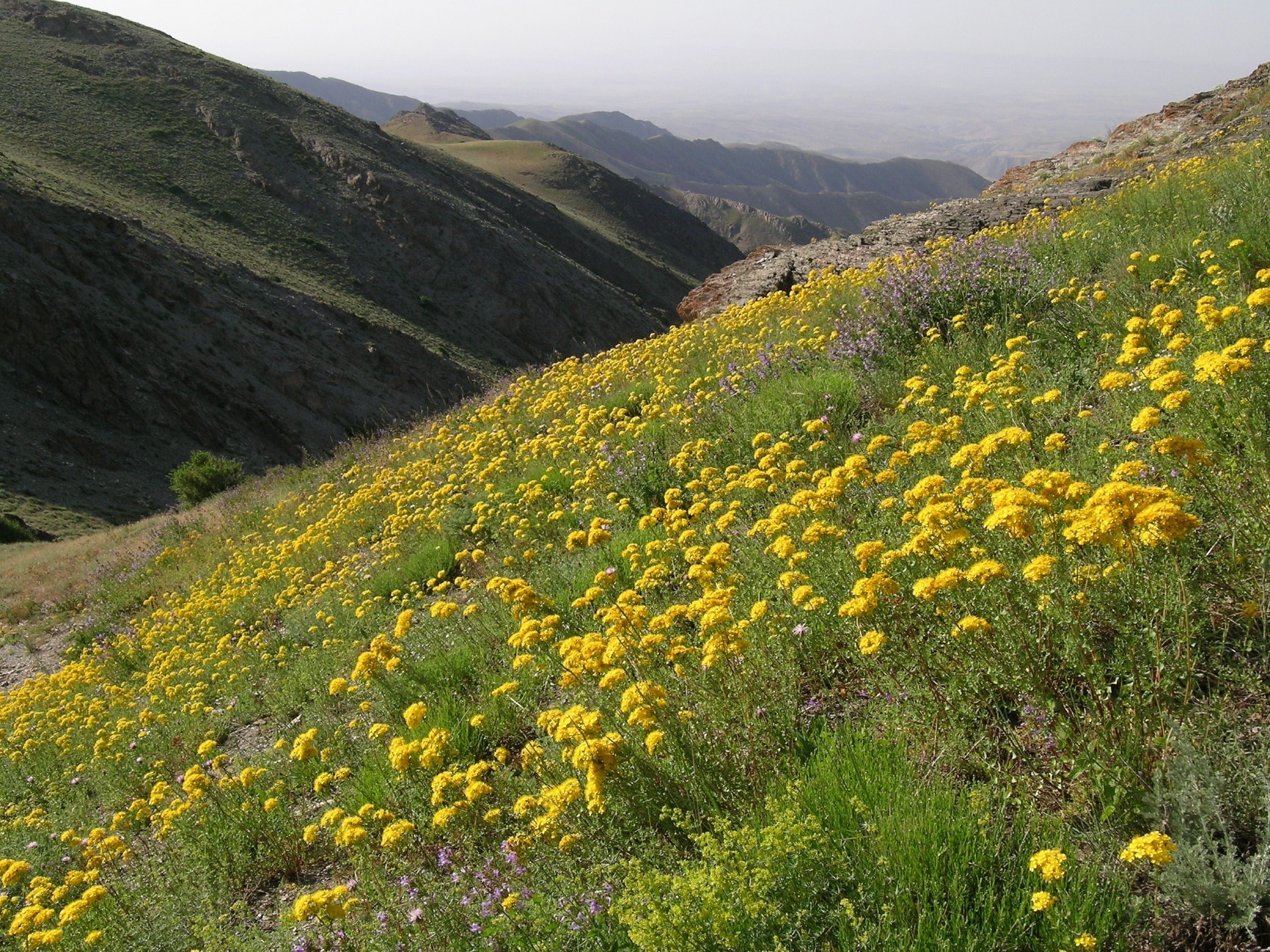
Oriental Biota Majrum
It is important to mention that a natural monument in the Majrum forestry, the giant thousand-year-old tree (Biota orientalis) - oriental biota grows on this territory. This tree has been revered by the locals since the ancient times as sacred and majestic with special reverence and is considered a valuable historical and cultural object of the region. The diameter of the trunk of the giant tree is about 8 meters, and the circumference of its central trunk is 12 meters, due to the weight of its lower branches, scattered on all sides and laid almost on the ground. The roots of the tree can accommodate 4-5 people.
It must be pointed out that the territory of the reserve attracts the attention of the general public not only due to its beautiful mountain landscapes, unique flora and fauna, but also because of numerous historical and cultural monuments. In particular, various archaeological monuments, petroglyphs, graves and megaliths found on the territory, historical monuments of the Middle Ages, cultural landscapes, ancient agricultural structures represent a huge thousand-year history.
Zaamin Sanatorium
At an altitude of 2 thousand meters above sea level in Zaamin National Park there is a health resort “Zaamin”. The cleanest air, mountain landscapes, and coniferous vegetation - all this creates the best conditions for health procedures for adults and children.
The sanatorium has modern medical equipment, as well as departments of diagnostics, ECG, ultrasound and dentistry. After the diagnosis, the guests are assigned the necessary treatment and appropriate treatment procedures. There are two swimming pools, a sauna, as well as massage, mud therapy, sodium chloride treatment, inhalation equipment, etc.
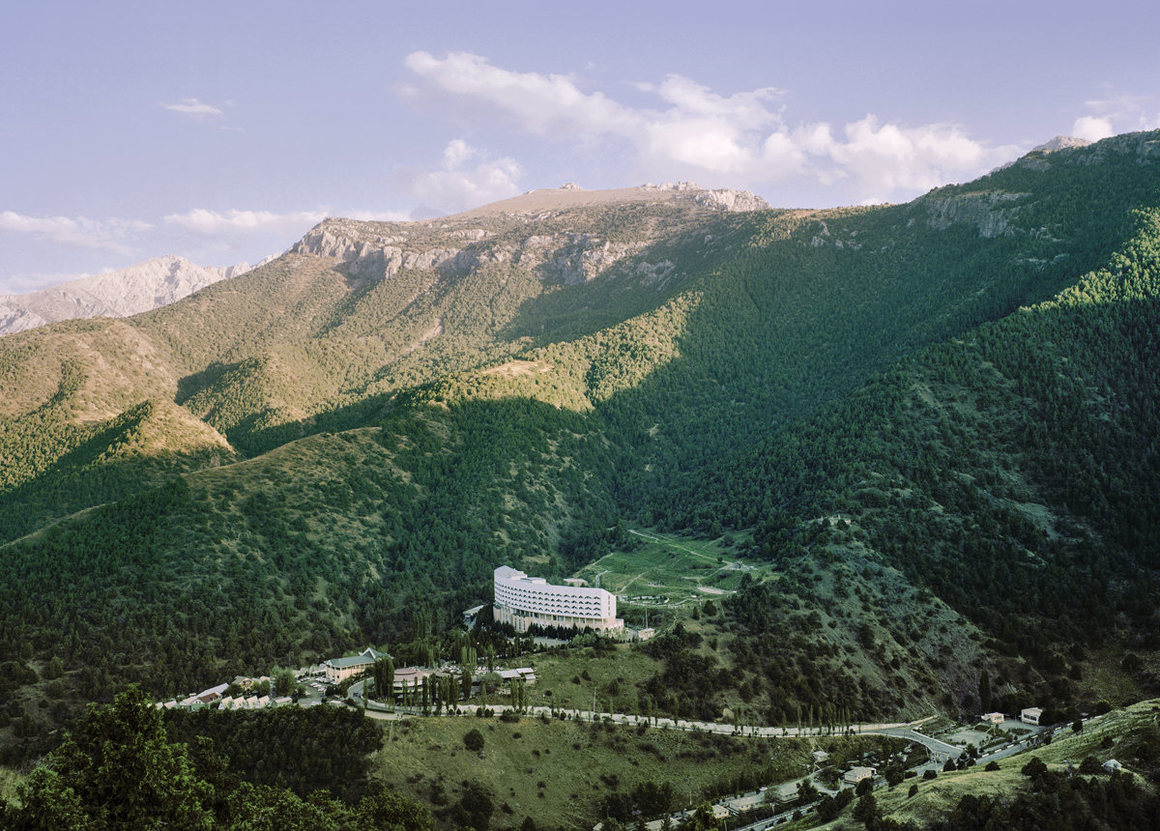 Jizzakh
Jizzakh
The city of Jizzakh is the administrative centre of the region with a population of 141 thousand people. It is located at an altitude of 450 meters above sea level on the Sangzor River. The Tashkent-Samarkand railway and a large Uzbek highway pass through the city. There were enterprises of bread growing, sheep breeding, blacksmithing and pottery in Jizzak at the beginning of the XX century.
Now there are food, light, chemical and machine-building enterprises in the city. There are an air terminal, Jizzakh State Pedagogical Institute, Jizzakh Polytechnic Institute, several professional colleges, and many schools. In addition, cultural and entertainment centres, leisure parks and boulevards have been created in Jizzak.
Pilgrimage sites
Nowadays, there are 372 cultural heritage sites on the territory of the Jizzakh region, in particular, historical monuments and shrines, and archaeological sites.
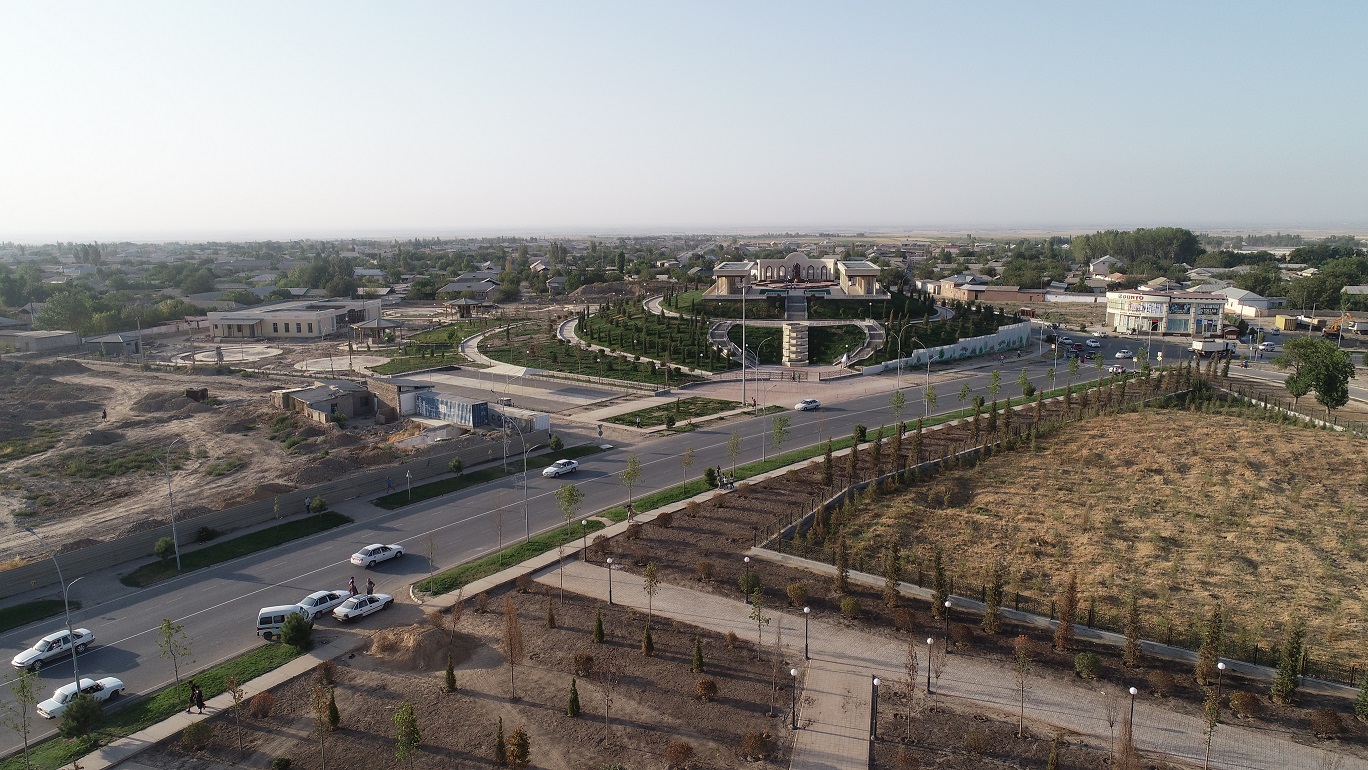
Pilgrimage sites
Nowadays, there are 372 cultural heritage sites on the territory of the Jizzakh region, in particular, historical monuments and shrines, and archaeological sites.
“Parpi Oyim” Complex
In Zaamin district of the Jizzakh region, there is a village "Uvol", which is located in one of the most beautiful gorges of the Morguzar mountain range. This is a popular place for women who have no children. They perform a special ceremony - they pass three times through a rather narrow hole in the stone block "Teshiktosh", popularly believed that this will help them become a mother soon.
Among the main shrines of the village of Uvol, a special place is occupied by the tomb, called by the people “Parpi Oyim”. It is located near the Teshiktosh tract. Women who have performed the rite of passing through its hole tie a few pebbles collected here on the belt and do not remove them until they give birth. And when the baby is born, they must return the pebbles to their place, and at the “Parpi oyim” tomb they thank God for such a wonderful gift.
If you walk to the northern foothills of Shakhristan, you can see a gazelle carved in stone by Zakhiriddin Mukhammad Babur himself. Perhaps these inscriptions refer to the period of the life of the great poet and military leader.
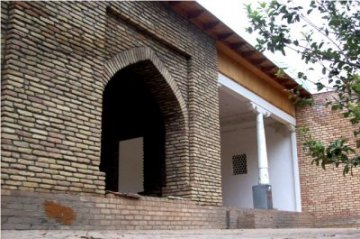
Complex Said ibn Abu Vakkos
The complex is located in the village of Avliyo-Ota, Gallaral region and is divided into two parts. The upper part of the sanctuary is the outer territory of the complex, with beautiful and sacred springs, unique nature, and inimitable landscapes. In the lower part there is the tomb of Said ibn Abu Wakkos with ancient mosques and a mausoleum.
The building of the mosque was built in the XIX century by the outstanding masters of their time - the master Kamil, the master Cairo, the master Zukhur and the master Mirziyo.
The village of Avliyo-Ota appeared in the VII century AD and was associated with the name of a close associate of the Prophet Muhammad - Said ibn Abu Vakkos, who was an Arab commander and participated in the historical battle near the Moog fortress.
Despite the fact that Said was 16 years old at that time, he was very prudent and wise, which is not typical of this age.
Said ibn Abu Vakkos became an associate of Muhammad and was one of the first to convert to Islam at the age of 16. There is also a holy spring and a small lake that has the same name.
The local well is home to various planktons, including corals listed in the Red Book of Uzbekistan. The territory of the complex is 14.2 hectares.
“Iron Gate” (Temir Darvoza) - gate of Tamerlane
At the foot of the Turkestan ridge, there are separate peaks that are its continuation at the same time. Here, on the western side of the peaks, there is a foothill called Morguzar. It is separated from the Nurata Mountains by the valley of the Sangzor River, where many gorges are located. The narrowest of the gorges is the 120-130 m wide gorge, popularly called the gate of Amir Temur.
This monument is revered as a holy temple that was visited by our great ancestors.
Now there is a road, a railway, a concrete track and an ancient river. The area of the monument is 10.0 hectares.
According to the legend, while walking along the terrain, Jakhangir, grandson of Amir Temur, showed his army a mountain pass from both sides, and since then the gorge began to be named after Amir Temur. There is an ancient cave in the gorge. Stone images, engraved on the eastern side of the monument at a height of two and a half meters, indicate that people inhabited this area at the Bronze Age.
It is known for certain that the iron gate of Amir Temur is the strategic location of a system of fortifications and fortresses located on the Great Silk Road. The area is mentioned in the work of Babur – “Baburname”. This gorge was also known as the Jizzakh Pass.
There are ancient inscriptions here made at different times, one in Persian, made by order of Mirzo Ulugbek, the second belongs to the ruler Abdulakhan, it was made after the victory over Dashti Kipchak, and the third inscription was written by Nicholas II at the end of the XIX century. The latter has been removed from the stone ...
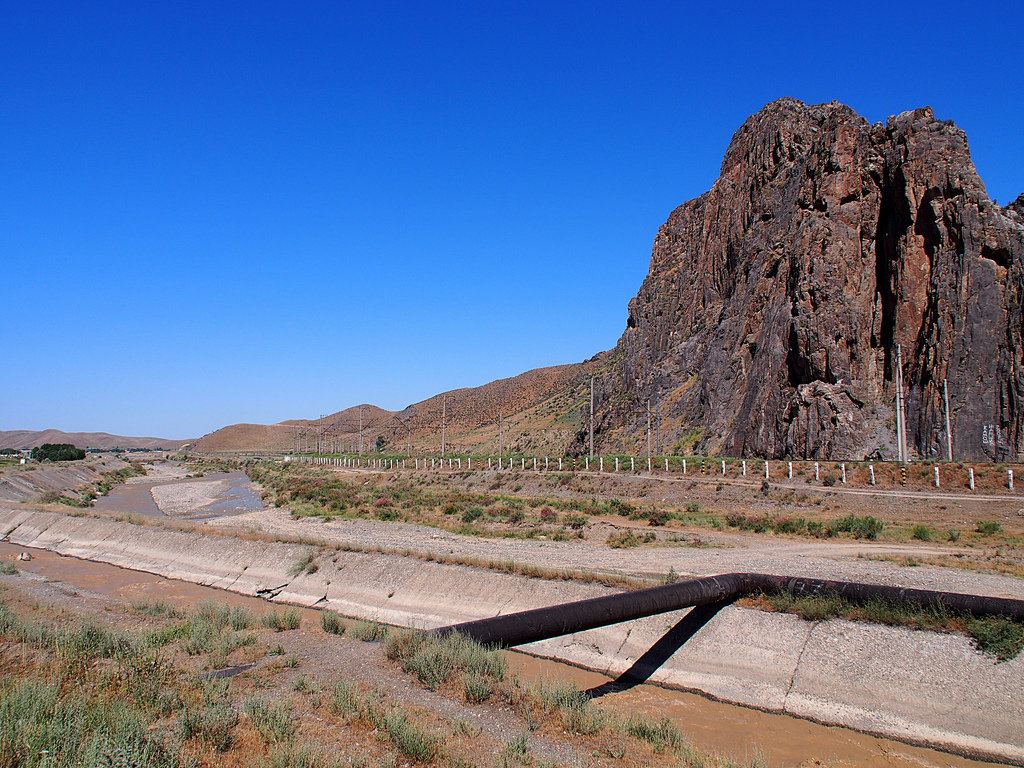
Traditional cuisine
Jizzakh samsa
Delicious, crispy and hearty Jizzakh samsa is now popular not only in our country, but throughout Central Asia.
“Jizzakh samsa” is a popular and favorite dish, as well as a symbol of the Jizzakh region. A distinctive feature is its unprecedented size. The juicy filling consists of large slices of meat, onions and lamb fat. One portion of Jizzakh samsa can replace a whole complex lunch. So do not forget to taste it if you suddenly find yourself in these lands. Enjoy your meal!
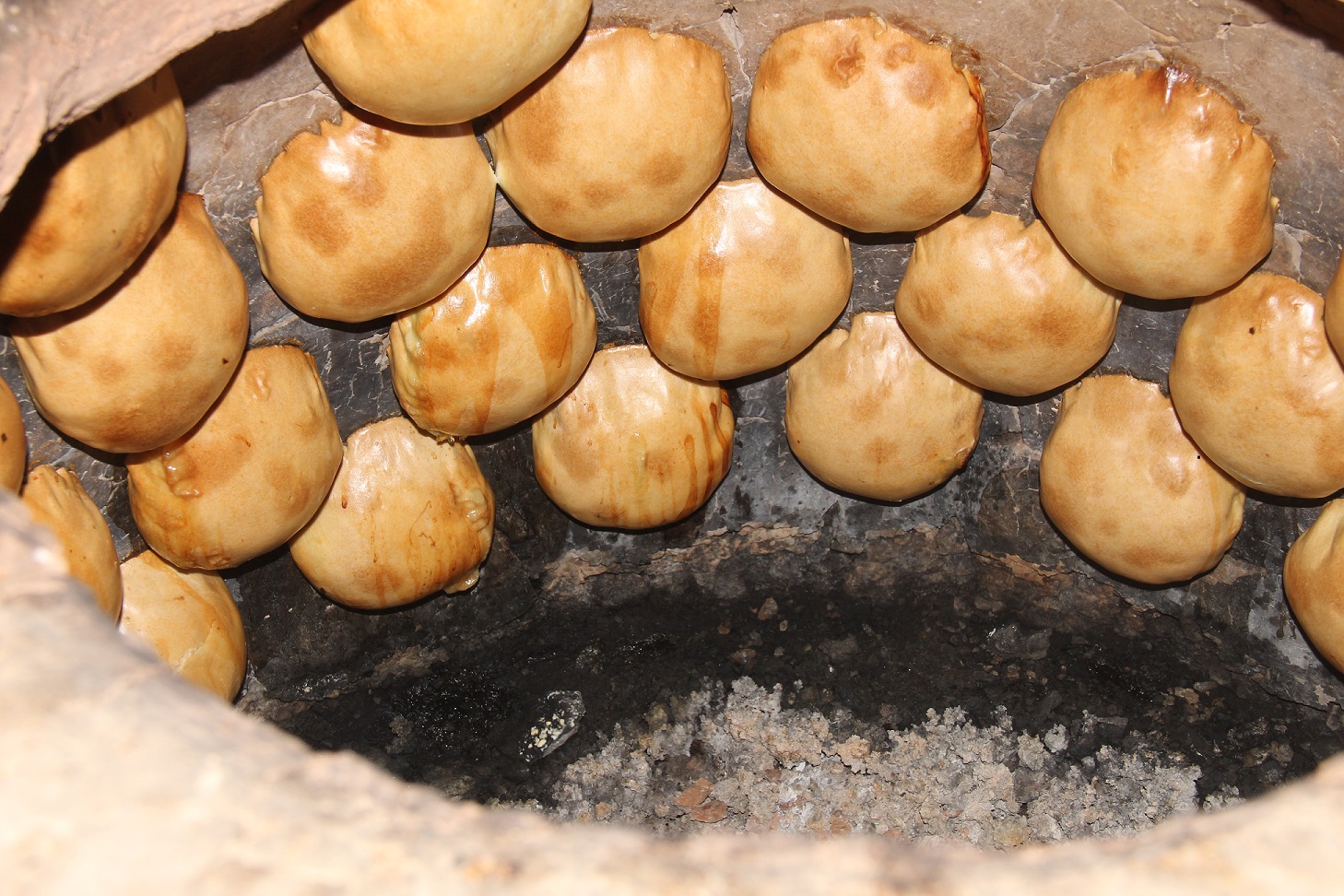
Comment
thank you so much , it is very helpful and informative??